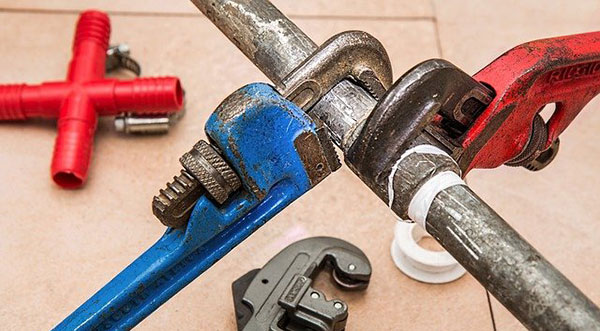Water Heater Maintenance Tips From the Experts
By Space Coast Daily // October 20, 2021

Water heaters are a major part of any home, so it is essential that they are maintained properly. This article will discuss how to maintain your water heater and what signs you should be looking for if it needs repair or replacement.
Do a water heater flush
Inspect your water heater once per month for signs of corrosion, leaks, and blockages in the drain lines. When it comes time to replace an old unit make sure to get all replacement parts at the same time so they will match up perfectly when installed, such as valves and insulation blankets.
Replacing them separately could cause problems down the line during installation. It is important that you are aware of the signs your water heater may need repair or replacement because it could save you money in the long run.
If you notice any corrosion, discoloration, rust around fittings and connections, moist areas on floors near pipes or at other locations that are above ground level or outside your house then this is a sign that there might be leaks happening somewhere inside an internal part of the system.
These can also indicate problems with insulation which will lower energy efficiency levels over time if left unfixed so make sure to seek out help as soon as possible.
Water leaking prevention
Prevent water from leaking from your tank by keeping it heated to its proper level. If the unit is not properly maintained then you could have a buildup of sediment that can damage internal working parts or even lead to corrosion issues which will require professional help beyond what the average homeowner may be able to accomplish themselves.
Check out this waterheaterleakinginfo.com and get more information about regular maintenance. It is also possible for built-up sediment and minerals in hard water areas, as well as rust deposits around valves and fittings on units with galvanized steel tanks, this way they work normally without requiring repairs down the line when something does go wrong during the operation.
Change the anode rod every 10 years to prevent corrosion
One of the most important parts to maintain is the anode rod. This prevents corrosion from happening inside your unit by attracting corrosive elements away from internal metal components through electrochemical means, where they will be dissolved in water before reaching those key areas which would cause them to damage later on down the line if not serviced properly at this time.
Clean the heat exchanger coils and check for leaks annually
Check for leaks and make sure to get rid of any sediment deposits by cleaning your heat exchanger coils carefully, but also inspect the tank itself.
Be on the lookout for rust spots that could indicate a more serious problem with internal parts that will need professional help or replacement over time if you do not catch it in its early stages when it is still possible to fix this yourself.
If there are signs of corrosion then you can clean them off using vinegar and baking soda mixed together into a paste and applied through an old toothbrush so they have something firm to stick to while working away at the buildup from hard water minerals as well as rust stains around valves and fittings.
Replace old or damaged pipes that could be leaking
If you have any pipes that are damaged, cracked, or corroded then they will need to be replaced as soon as possible. If left unfixed this could lead to more serious problems down the line such as leaks, which would require professional help from a plumber if it has not been dealt with in its early stages before it gets out of hand and causes even bigger issues.
Drain and refill your tank periodically to remove sediment buildup at the bottom of the tank
Inspect the bottom of your tank for sediment buildup that can lead to corrosion issues if left unfixed, as well as any existing rust stains from those internal parts which could be a sign that it is time to replace them with new ones.
This is also a good time to inspect and clean out drain valves on units without an overflow pipe so they work normally by opening up when you need them too while draining water completely after they have been used.

If you want to continue enjoying hot water for showers and laundry from your own personal unit then keep up with maintenance so that this does not need professional help beyond what the average homeowner may be able to accomplish themselves down the line when something goes wrong during its operation due to neglect over time.
We hope you found our article helpful in learning how to maintain your water heater tank when it comes time for regular maintenance.












